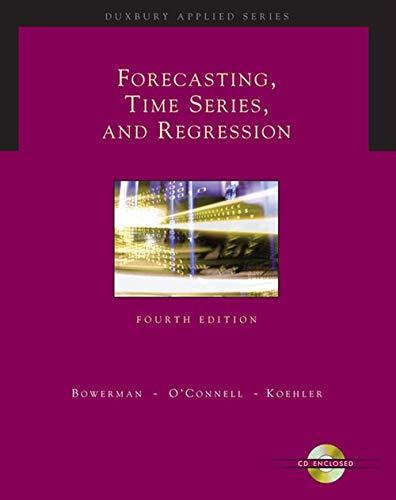Answered step by step
Verified Expert Solution
Question
1 Approved Answer
A new virus has taken root in a country. Government officials are reporting that 7.3% of the population is currently infected with the virus.

A new virus has taken root in a country. Government officials are reporting that 7.3% of the population is currently infected with the virus. However, epidemiologists across the country claim to be observing a much higher infection rate. It was found that 109 people out of a randomly selected sample of 1480 people from around the country were infected with the virus. Use the critical value method to determine if the sample data support the epidemiologists' supposition that the true rate of infection in the country is higher than 7.3%. Use a significance level of 1%. State the null and alternative hypothesis for this test. Ho ? H? Determine if this test is left-tailed, right-tailed, or two-tailed. left-tailed two-tailed right-tailed Should the standard normal (z) distribution or Student's (t) distribution be used for this test? The Student's + distribution should be used The standard normal (2) distribution should be used Determine the critical value(s) for this hypothesis test. Round the solution(s) to two decimal places. If more than one critical value exists, enter the solutions using a comma-separated list. Determine the test statstic. Round the solution to two decimal places. Determine the appropriate conclusion for this hypothesis test. The sample data provide sufficient evidence to reject the government's claim (null hypothesis) that the infection rate of the virus is 7.3% and thus we conclude that the infection rate of the virus is likely greater than 7.3%. The sample data do not provide sufficient evidence to reject the government's claim (null hypothesis) that the infection rate of the virus is 7.3% and thus we conclude that the infection rate of the virus is likely 7.3%. The sample data provide sufficient evidence to reject the epidemiologists' claim (alternative hypothesis) that the infection rate is higher than 7.3% and thus we concluded that the infection rate of the virus is likely 7.3%. The sample data do not provide sufficient evidence to reject the epidemiologists' claim (alternative hypothesis) that the infection rate is higher than 7.3% and thus we concluded that the infection rate of the virus is likely greater than 7.3%
Step by Step Solution
There are 3 Steps involved in it
Step: 1

Get Instant Access to Expert-Tailored Solutions
See step-by-step solutions with expert insights and AI powered tools for academic success
Step: 2

Step: 3

Ace Your Homework with AI
Get the answers you need in no time with our AI-driven, step-by-step assistance
Get Started


